Let’s say you’re walking through a dry wash and spot a glint of gold in the sand. This has happened to lucky treasure hunters who discovered old Spanish coins and jewelry lost for centuries. Some people have even found meteorites worth thousands of dollars just lying on the desert floor.
Ancient Native American artifacts have been uncovered in perfect condition, preserved by Arizona’s dry climate. These beautiful artifacts tell stories of civilizations that thrived long before Europeans arrived. Archaeologists continue to make new discoveries about these ancient cultures every year.
Miners have pulled fortunes from Arizona’s rugged landscape. The famous Vulture Mine yielded gold worth over $600 million in today’s money. Other lucky searchers have located abandoned mines still containing valuable minerals and gems.
You might be surprised what treasures await in Arizona’s wilderness areas. People regularly find turquoise, petrified wood, and even diamonds while exploring the state!
Amazing Treasures That Have Been Found In Arizona
These are some of the most thrilling treasure discoveries that have taken place in Arizona’s rugged landscapes. Once you’ve read about these astonishing finds, make sure to check out our list of the 17 Biggest Lost Treasures in Arizona that remain hidden to this day!
Vulture Mine Gold Strike – $612,000,000+
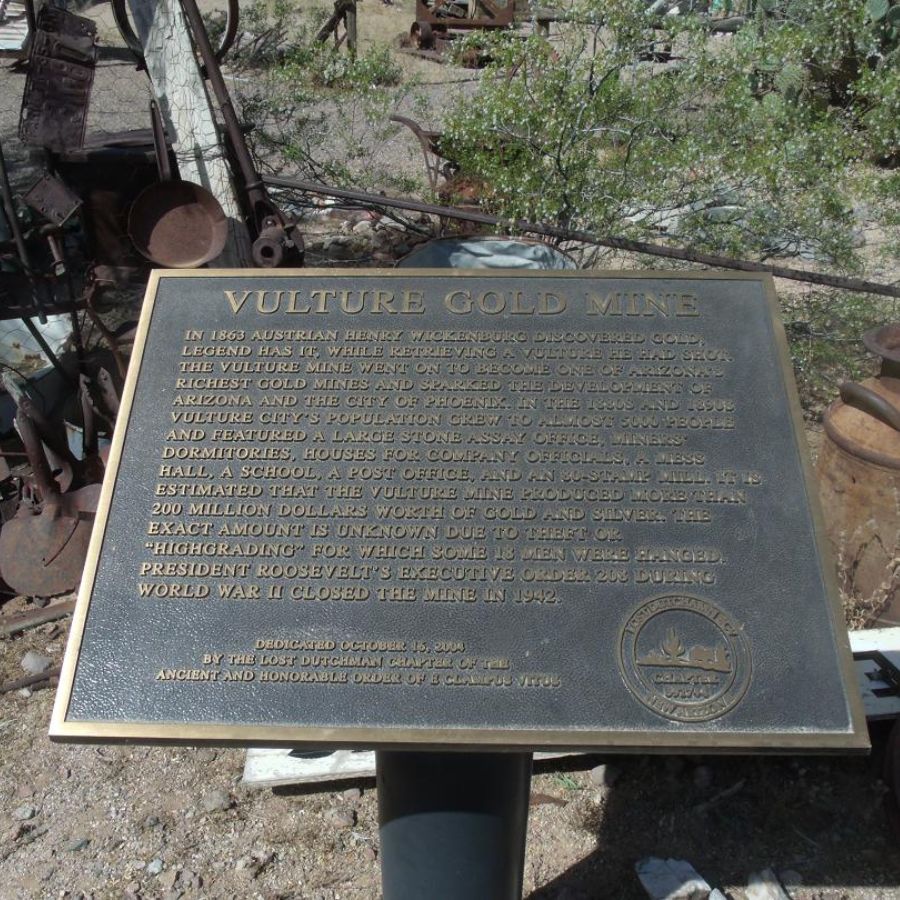
Prospector Henry Wickenburg’s discovery of a rich quartz deposit in Arizona’s Vulture Mountains in 1863 led to the establishment of the Vulture Mine, which became the state’s most productive gold mine.
Over its operational years until 1942, the mine yielded approximately 340,000 ounces of gold and 260,000 ounces of silver. The influx of miners and associated businesses spurred the growth of the nearby town of Wickenburg.
The mine’s success played a pivotal role in Arizona’s early economic development and attracted a diverse population seeking fortune in the American West.
How much the treasure would be worth today
The 340,000 ounces of gold extracted would be valued at approximately $612 million today.
Tucson Ring Meteorite – $54,000,000+
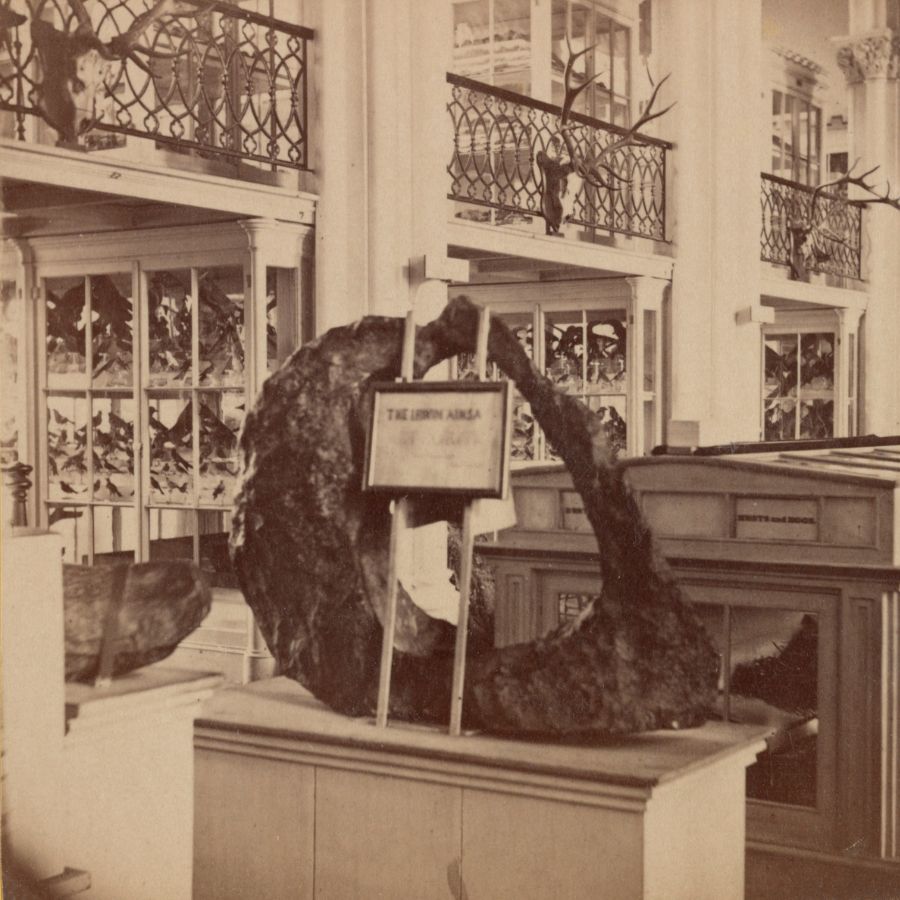
In the mid-19th century, near Tucson, a massive iron meteorite weighing approximately 1,400 pounds was discovered. This unique ring-shaped meteorite, known as the Tucson Ring, was utilized by local blacksmiths as an anvil due to its substantial size and durability.
The meteorite’s origin traces back to the Santa Rita Mountains, where it was found alongside another significant iron mass, later named the Carleton Iron. These meteorites are classified as ungrouped types, indicating their distinct composition compared to other known meteorite groups.
The Tucson Ring’s distinctive ring shape and considerable mass have made it a subject of interest among both scientists and collectors. Over time, the meteorite has been studied extensively to understand its composition and the insights it offers into the early solar system.
How much the treasure would be worth today
Extrapolating from the per-gram price, the entire Tucson Ring Meteorite could be valued at over $54 million; however, due to its historical significance and rarity, its true market value could be substantially higher.
Coronado’s Lost Cannon – $1,000,000+
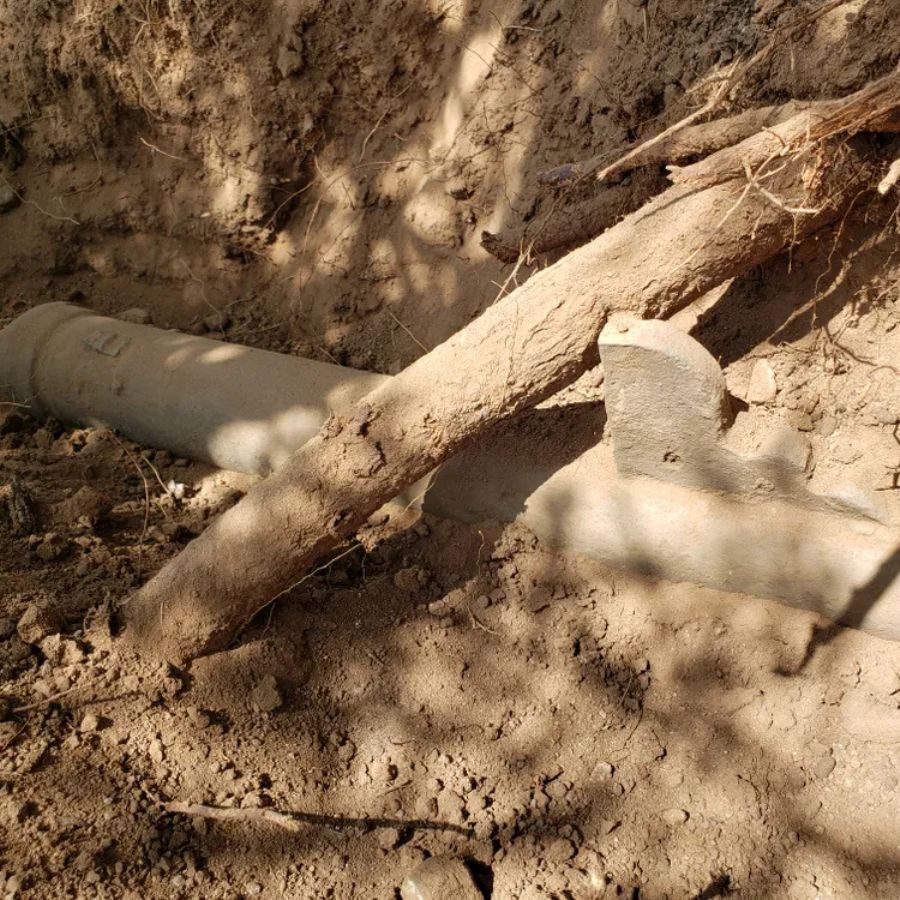
Archaeologist Deni Seymour discovered a 40-pound bronze cannon in southern Arizona in 2020. This cannon is believed to be from Francisco Vázquez de Coronado’s 1540 expedition, making it the oldest known firearm in the continental United States.
The cannon, also known as a hackbut, measures about three feet in length and was found at the site of San Geronimo III, a settlement established by Coronado’s party. The settlement was short-lived due to conflicts with the indigenous Sobaipuri O’odham people, leading to its abandonment.
Interestingly, there was no gunpowder residue inside the barrel, suggesting it was never fired during the conflict. This find sheds light on the challenges faced by early explorers and their reliance on such weaponry during their expeditions.
How much the treasure would be worth today
While the cannon’s historical significance is immense, its monetary value is difficult to determine precisely. However, similar artifacts have been appraised at values ranging from $500,000 to over $1 million.
700-Year-Old Fort Apache Relic – $100,000+
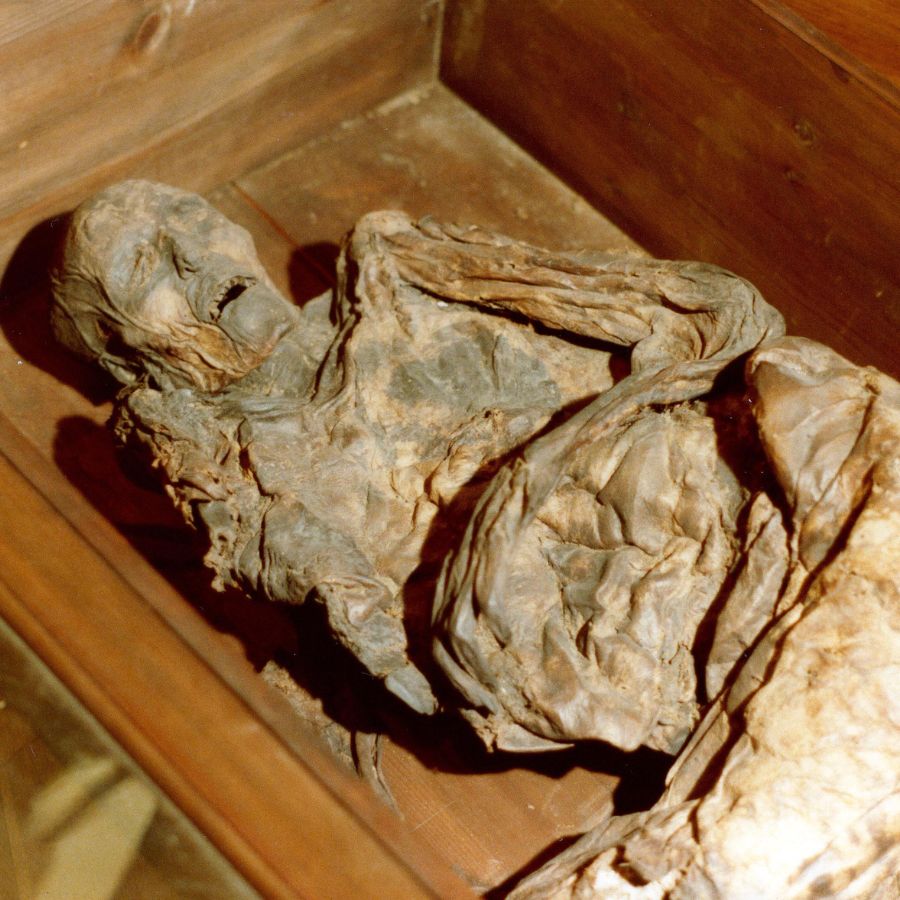
In June 1965, during a University of Arizona archaeological field school at the Fort Apache Reservation, students uncovered 700-year-old human remains and artifacts. Among the participants was Lynda Bird Johnson, daughter of President Lyndon B. Johnson.
The excavation focused on Grasshopper Pueblo, a site inhabited between 1275 and 1400 CE by ancestral Puebloan people. The team discovered skeletal remains and various grave goods, providing insights into the burial practices and daily life of the community.
This excavation contributed significantly to the understanding of the region’s prehistoric cultures and highlighted the importance of collaborative archaeological efforts.
How much the treasure would be worth today
Similar artifacts have been appraised at values ranging from $50,000 to $100,000, depending on their condition and provenance.
1880s Levi’s Denim “Gold” – $87,000+
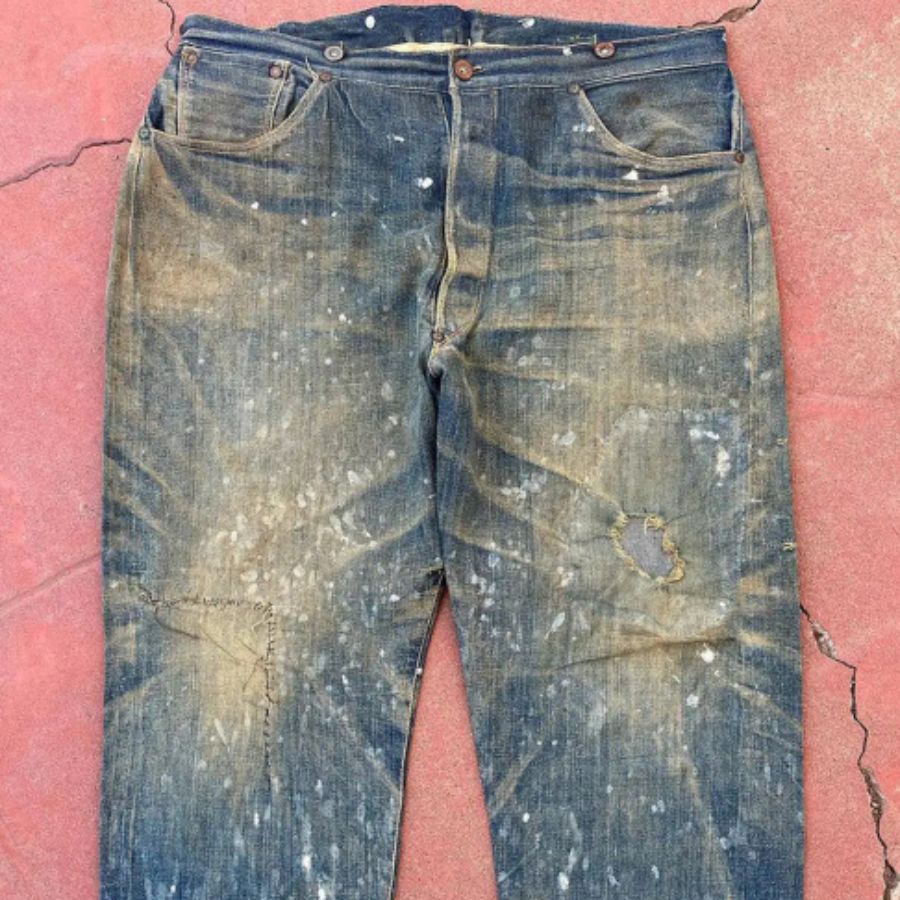
In 2017, explorers investigating the abandoned Hull copper mine near Castle Dome, Arizona, discovered a collection of 19th-century denim jeans. Among the finds were pairs from Levi Strauss & Co., Stronghold, and other brands, remarkably preserved in the mine’s conditions.
These jeans, characterized by features like a single back pocket and the absence of belt loops, offer a tangible connection to the attire of miners from that era.
The discovery provides insights into the clothing and daily lives of 19th-century laborers in the American West. Such vintage denim is highly sought after by collectors, with similar items fetching significant sums at auctions.
How much the treasure would be worth today
Similar 19th-century Levi’s jeans have sold for over $87,000 at auction, highlighting their value to collectors.
“Rich Hill” Gold Placers – $360,000+
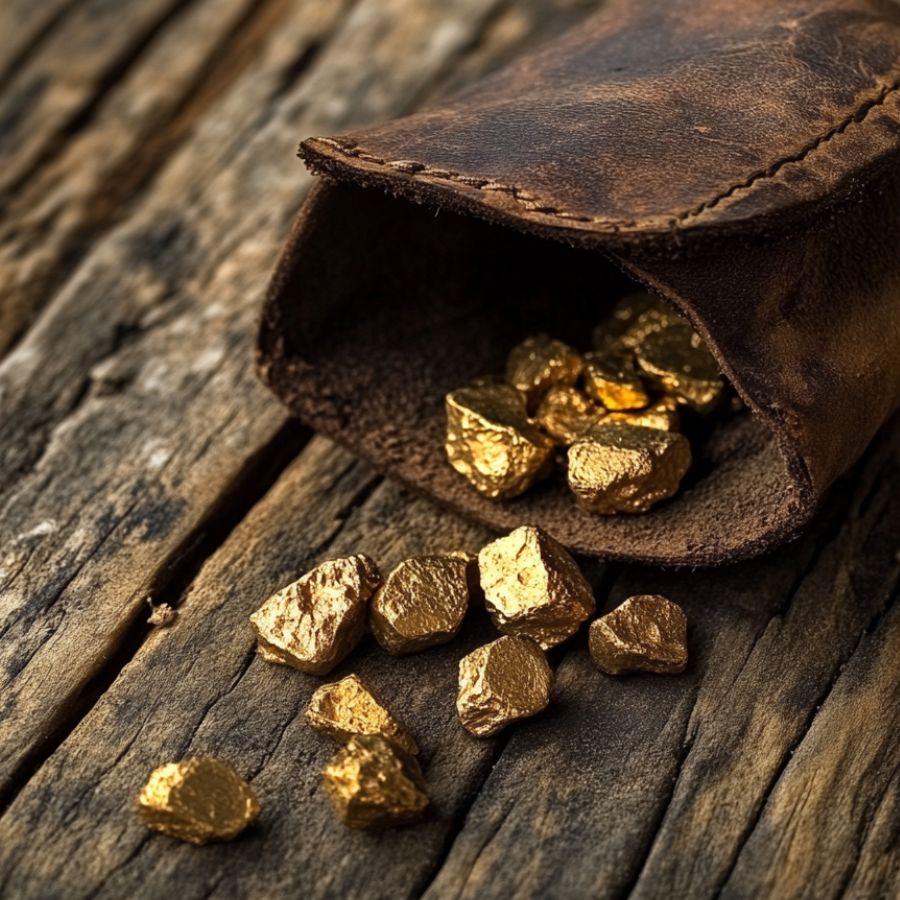
A group of prospectors led by Pauline Weaver accidentally discovered an abundance of gold nuggets atop Rich Hill in central Arizona in 1863. While tracking stray burros near Antelope Creek, they stumbled upon gold scattered across the surface, leading to a significant placer gold rush.
Historical accounts suggest that on the first day alone, they collected over 200 ounces of gold. This discovery attracted numerous miners to the area and contributed to the establishment of nearby settlements.
The Rich Hill find remains one of Arizona’s most storied gold discoveries, exemplifying the serendipitous nature of many such finds during the era.
How much the treasure would be worth today
The initial 200 ounces of gold discovered would be valued at approximately $360,000 today, based on a gold price of $1,800 per ounce.
61.5-Ounce Gold Nugget – $116,850+
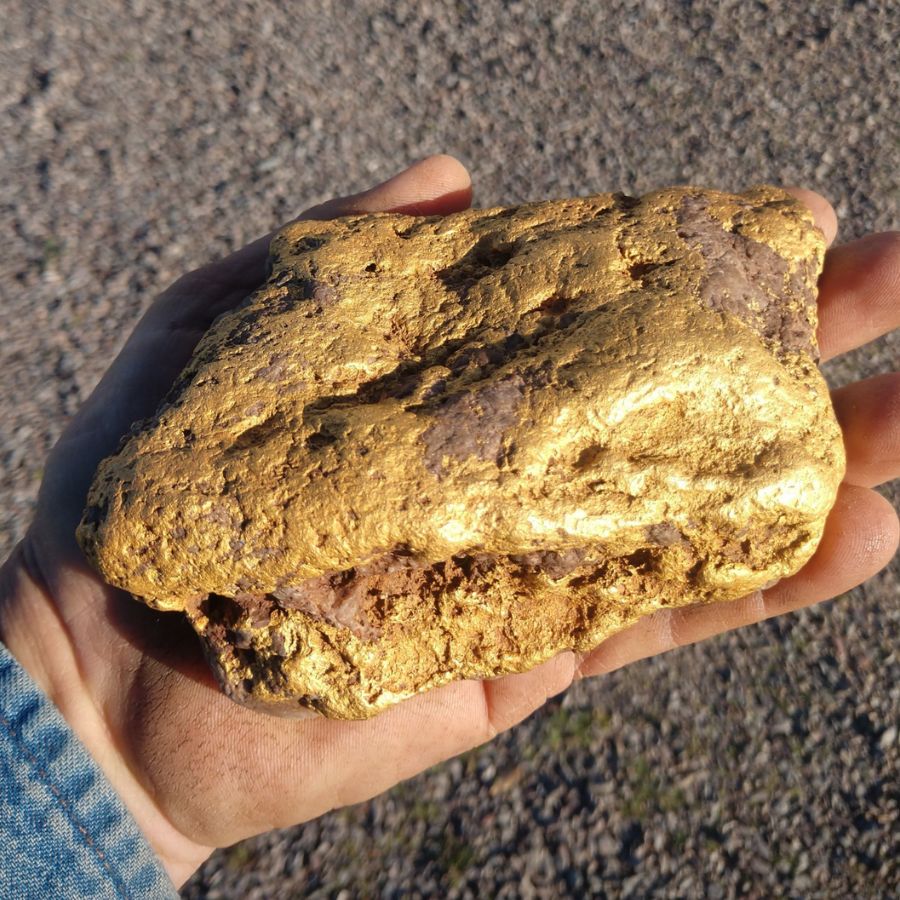
A remarkable discovery occurred in the mountains of Arizona when a metal detectorist unearthed a gold nugget weighing 61.5 troy ounces, equivalent to over 5 pounds.
This naturally formed nugget, about the size of a fist, stands as one of the largest ever found in the state. The individual who found this treasure was using a Minelab metal detector, highlighting the effectiveness of modern prospecting equipment.
Such sizable nuggets are exceptionally rare, making this find significant in the gold prospecting community.
Beyond its raw gold value, the nugget’s impressive size and unique characteristics enhance its appeal to collectors and enthusiasts. This discovery underscores the potential for significant finds still present in Arizona’s rich mining regions.
How much the treasure would be worth today
At a gold price of $1,900 per ounce, the 61.5-ounce nugget would be worth approximately $116,850, with potential additional value to collectors due to its size and rarity.
Silver Bonanza at Tombstone – $85,000,000+
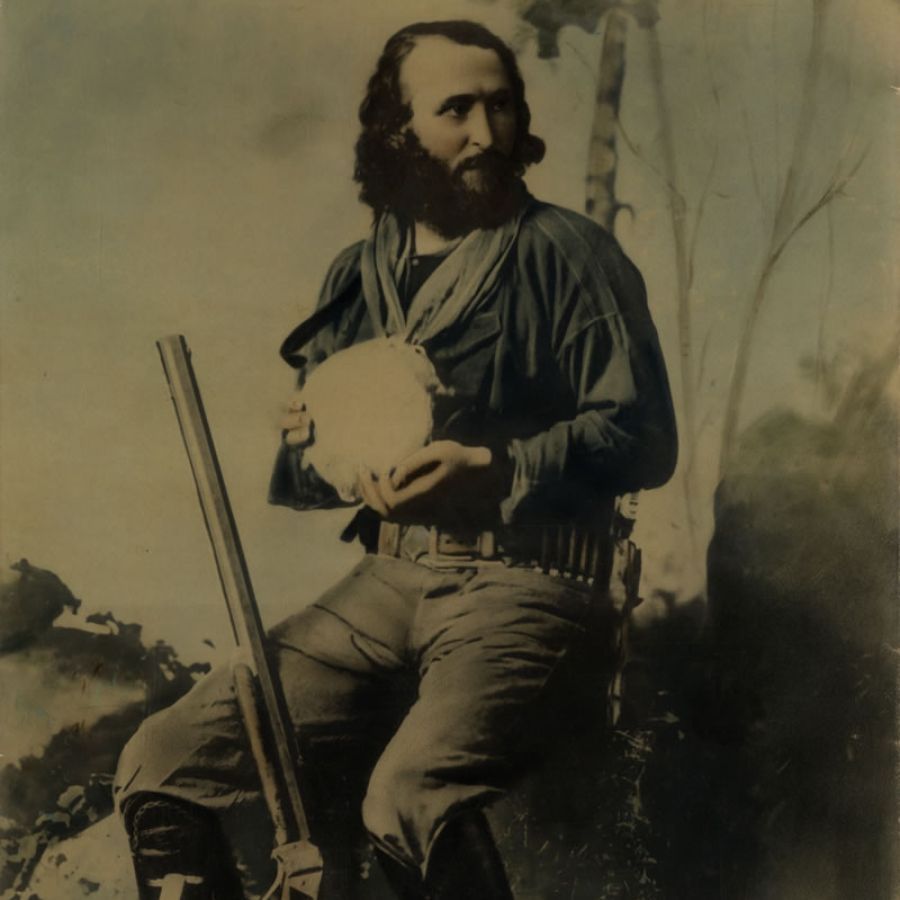
Prospector Ed Schieffelin’s discovery of silver in 1877 led to the establishment of the Tombstone mining district in Arizona. Despite warnings about the dangers of the area, Schieffelin persisted in his search, eventually uncovering rich silver deposits.
His find sparked a rush of miners and entrepreneurs, rapidly transforming Tombstone into a bustling boomtown. The district’s mines produced significant amounts of silver, contributing to the economic growth of the region.
Tombstone’s rapid development also led to the establishment of various businesses, theaters, and newspapers, reflecting its prosperity during that era. Today, Tombstone is remembered for its rich mining history and as a symbol of the American Wild West.
How much the treasure would be worth today
By the 1930s, the Tombstone mining district had produced approximately $85 million worth of silver, a substantial sum reflecting the area’s rich mineral resources.
Holsinger Meteorite – $4,750,000+
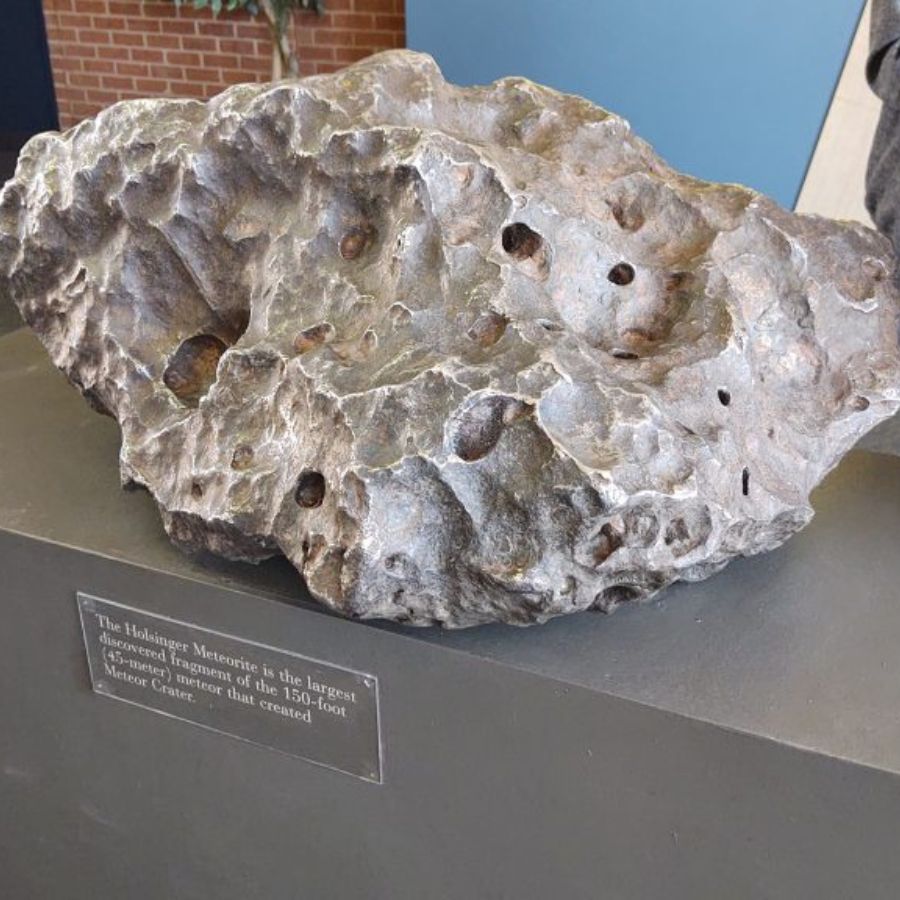
The Holsinger Meteorite, weighing about 1,406 pounds (639 kilograms), is the largest fragment recovered from the meteor that created Arizona’s Meteor Crater.
Discovered within the crater in 1911, this massive iron-nickel meteorite is characterized by its regmaglypts, or thumbprint-like indentations on its surface. The meteorite’s composition and features have provided scientists with valuable insights into meteoritic impacts and the early solar system.
Currently, the Holsinger Meteorite is prominently displayed at the Meteor Crater Museum, allowing visitors to appreciate its significance and the monumental impact event it represents. Its preservation and exhibition contribute to ongoing educational and scientific endeavors related to planetary science and meteoritics.
How much the treasure would be worth today
Based on this rate, the Holsinger Meteorite could be valued at approximately $4.75 million; however, its scientific importance and status as a display piece make it virtually priceless.
“Tuskers” Columbian Mammoth – $445,000+
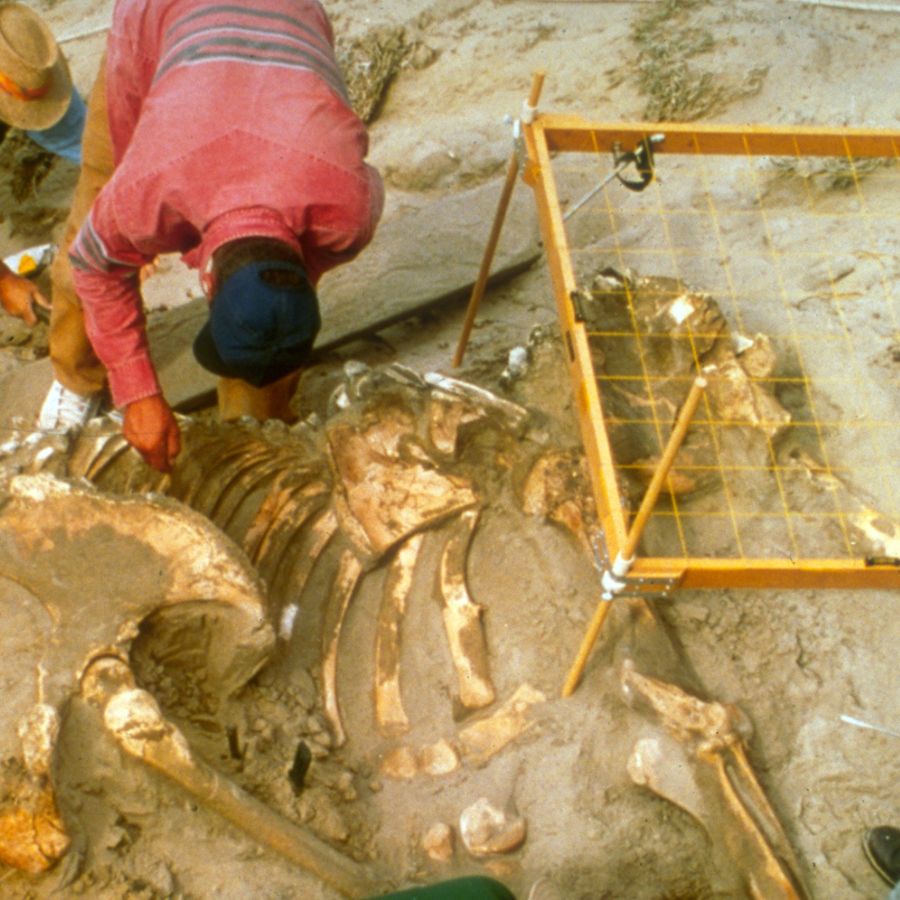
During construction in 2005 at a site now known as Discovery Park in Gilbert, Arizona, workers uncovered the remains of a Columbian mammoth, affectionately nicknamed “Tuskers.”
This largely intact skeleton, estimated to be between 10,000 and 20,000 years old, includes impressive tusks and provides a window into the region’s prehistoric fauna.
The discovery of Tuskers has offered valuable information about the species’ morphology and the environment they inhabited. Such finds are relatively rare, making Tuskers an important specimen for both scientific study and public education.
How much the treasure would be worth today
Comparable mammoth skeletons have sold for between $320,000 and $445,000 at auction, reflecting their value to collectors and institutions.
Steamboat Charles H. Spencer Wreck – $1,500,000+
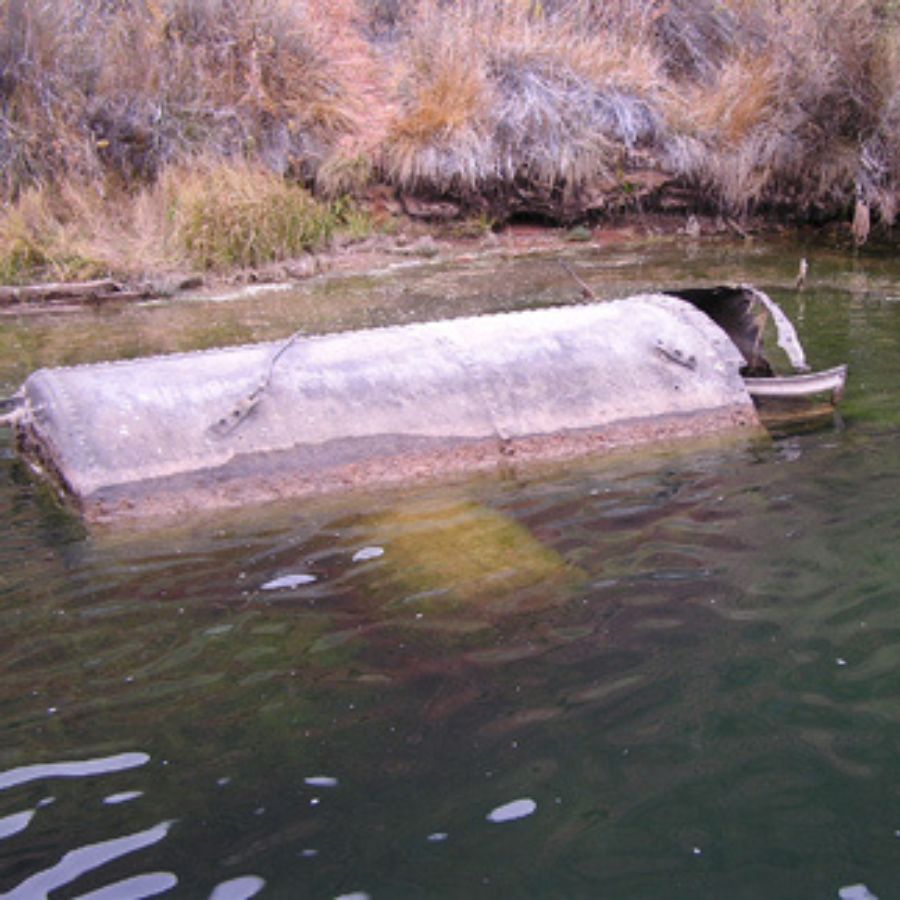
The Charles H. Spencer was a stern-wheel steamboat built in 1911 for transporting coal on the Colorado River near Lee’s Ferry, Arizona. Commissioned by prospector Charles Harvey Spencer, the vessel aimed to supply coal for gold processing operations.
It was constructed in San Francisco, then the steamboat was disassembled, transported by rail and ox cart, and reassembled at Warm Creek, Arizona. Measuring 92.5 feet in length with a 25-foot beam, it featured a 12-foot stern paddle powered by a 110-horsepower marine boiler.
Despite its engineering, the steamboat’s operational life was short-lived due to the failure of the gold extraction venture. Abandoned at its mooring, the Charles H. Spencer sank in shallow water during a flood in 1921.
Today, remnants of the vessel, including parts of the wooden hull and the prominent boiler, are visible near Lee’s Ferry, marking Arizona’s only known shipwreck.
How much the treasure would be worth today
The steamboat was valued at approximately $60,000 at the time of its operation. This would equate to roughly $1.5 million today.
Sonorasaurus Discovery – $1,000,000+
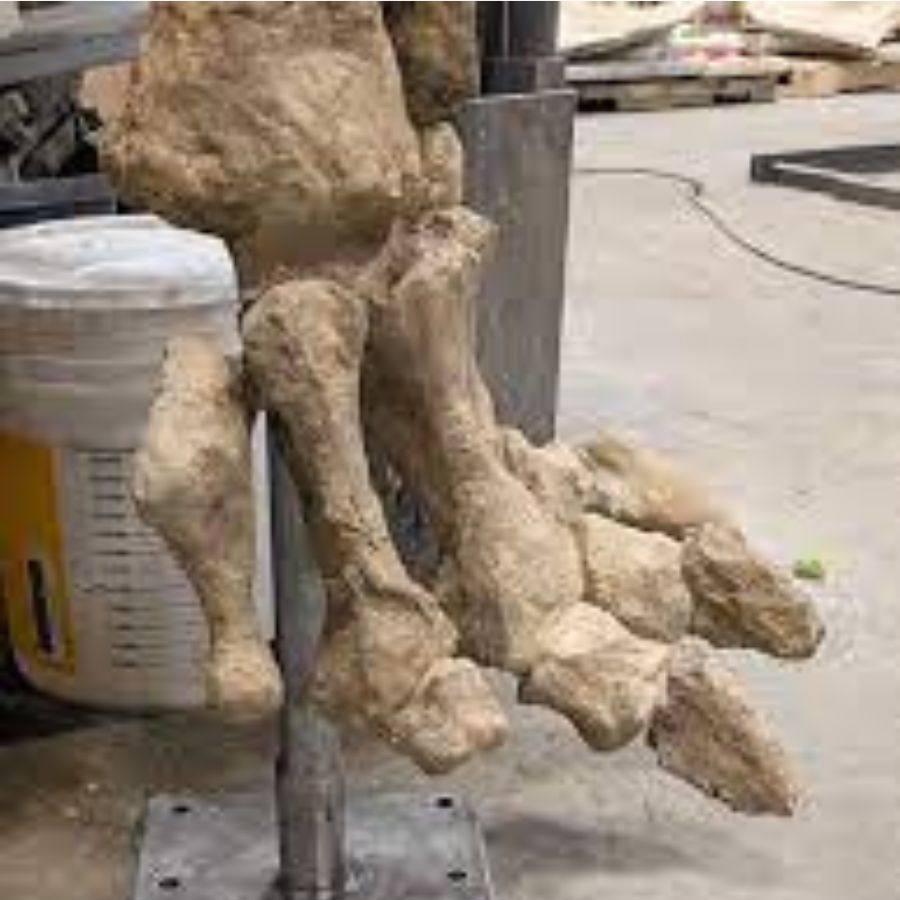
In November 1994, University of Arizona geology student Richard Thompson discovered fossilized remains of a large herbivorous dinosaur in the Turney Ranch Formation of southern Arizona’s Sonoran Desert.
This significant find introduced the world to Sonorasaurus thompsoni, a mid-Cretaceous brachiosaur estimated to have lived around 100 million years ago. The partial skeleton suggested a 50-foot-long, long-necked dinosaur, filling a crucial 50-million-year gap in Arizona’s fossil record.
The discovery provided valuable insights into the region’s prehistoric ecosystem and expanded knowledge of sauropod distribution in North America. In recognition of its importance, Sonorasaurus thompsoni was designated as Arizona’s official state dinosaur, highlighting the state’s rich paleontological heritage.
How much the treasure would be worth today
As the only known specimen of its kind, the Sonorasaurus thompsoni fossil is considered priceless, but if a complete skeleton were ever discovered and sold, it could be worth $1 million or more, based on similar large dinosaur fossils.
Four Peaks Amethyst Mine – $15,000,000+
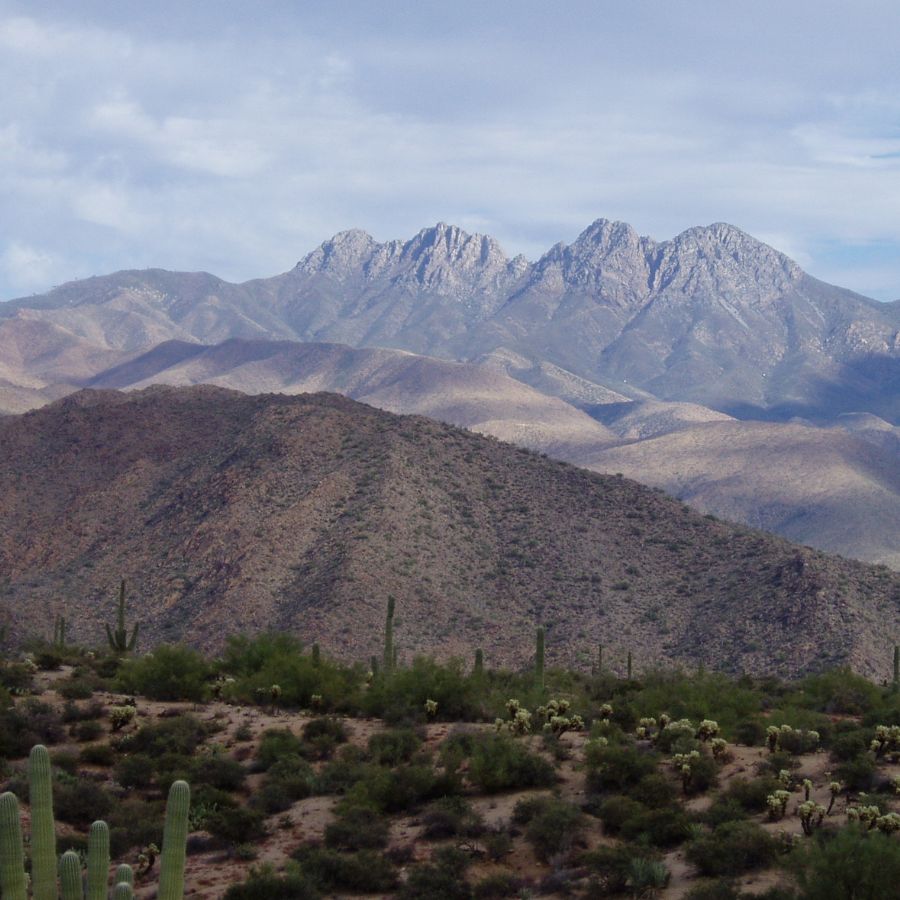
Nestled high in Arizona’s Mazatzal Mountains, the Four Peaks Amethyst Mine is renowned for producing gem-quality purple amethyst with distinctive “Siberian red” flashes.
The mine’s history dates back to the late 1800s, with commercial mining efforts intensifying in the 1990s. Accessible only by a challenging hike or helicopter, the mine’s remote location at approximately 6,500 feet elevation adds to the allure and exclusivity of its gemstones.
Miners extract elongated, pencil-shaped amethyst crystals by hand, ensuring minimal damage to the precious stones. These gems are highly sought after for their deep purple hue and vibrant magenta flashes, comparable to the finest amethysts from Russia’s Ural Mountains.
The mine’s limited production and the exceptional quality of its amethysts make them particularly valuable to collectors and jewelers worldwide.
How much the treasure would be worth today
The total estimated value of the mine’s remaining amethyst reserves is approximately $10–15 million, considering its high-quality gemstones and limited production.
Murray Springs Clovis Site – $1,000,000+
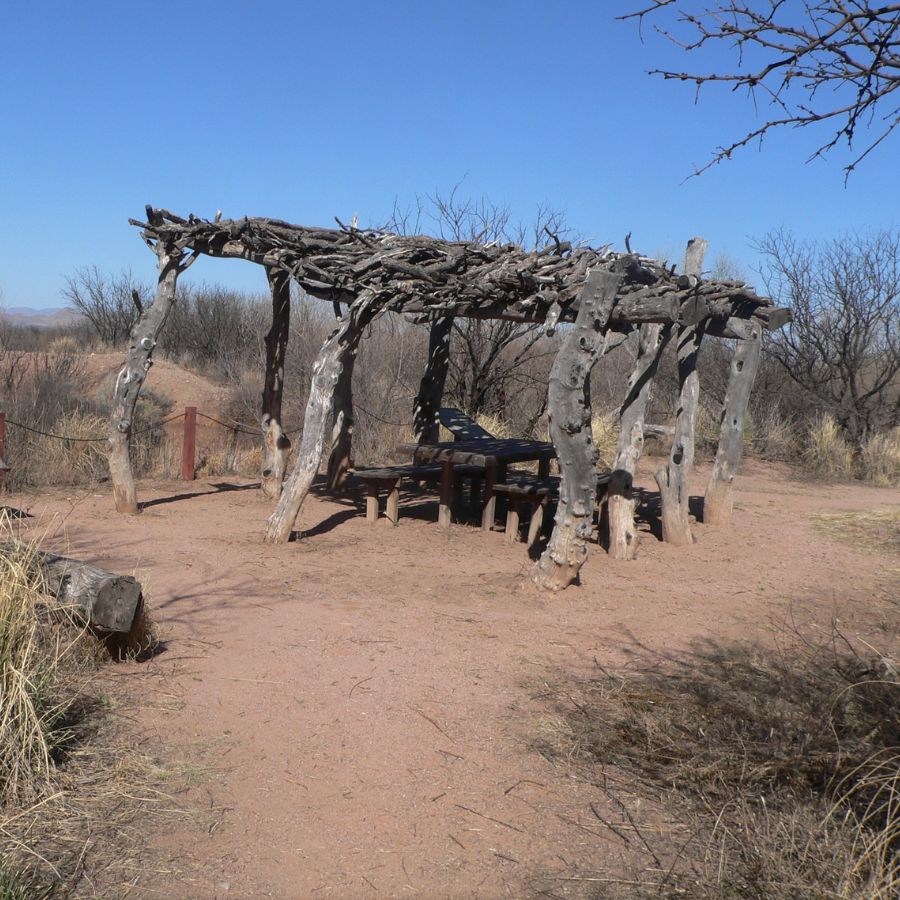
Discovered in 1966 by archaeologists C. Vance Haynes and Peter Mehringer, the Murray Springs Clovis Site in Cochise County, Arizona, has been instrumental in understanding early human activity in North America.
The site revealed butchered remains of mammoths and bison, alongside distinctive Clovis tools, including a mammoth-bone shaft wrench used for spear-throwing. These findings provided concrete evidence of human hunting activities dating back approximately 13,000 years.
The well-preserved artifacts and faunal remains have offered insights into the subsistence strategies and tool-making techniques of the Clovis culture.
Designated as a significant archaeological site, Murray Springs continues to be a focal point for research on Paleoindian societies and their interactions with Pleistocene megafauna.
How much the treasure would be worth today
The site’s archaeological significance is priceless, but if artifacts were ever auctioned (which is unlikely), they could fetch $500,000 to $1 million based on similar Clovis-era discoveries.
1870s Coin and Weapons Cache – $500,000+
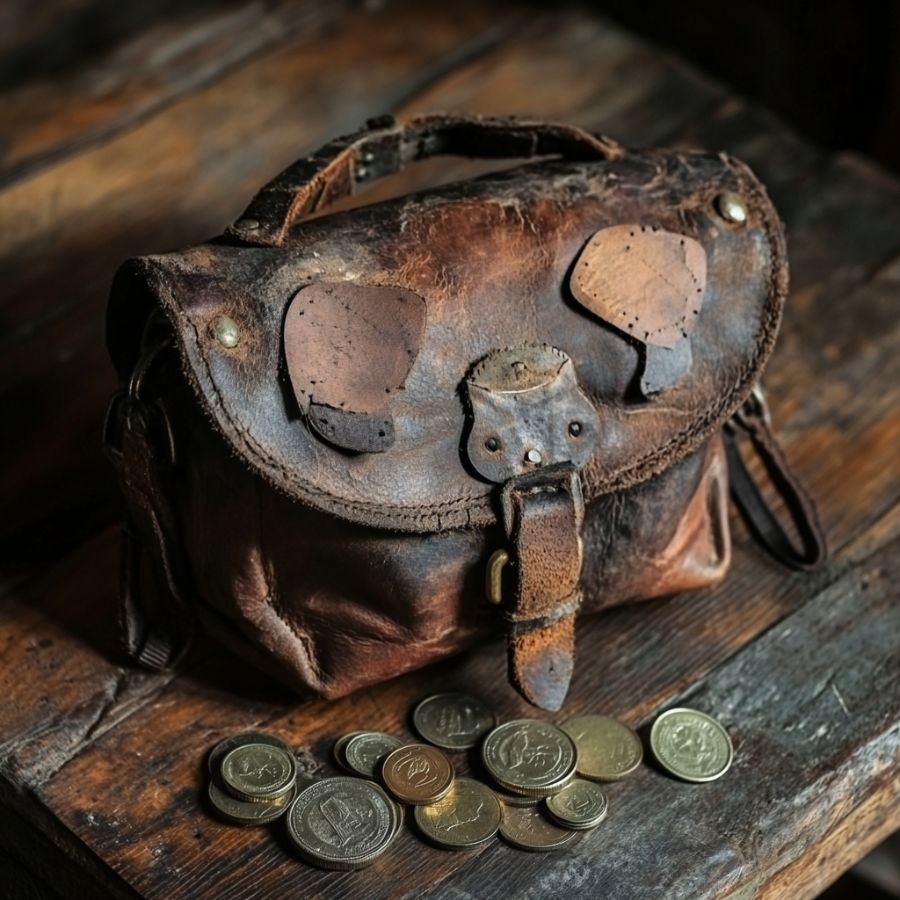
In a remarkable discovery, a prospector in Arizona unearthed a cache believed to date back to the 1870s. The hoard included gold and silver coins, greenbacks (paper currency), and firearms, all remarkably preserved.
The assortment of items suggests a possible connection to historical groups such as the Knights of the Golden Circle or outlaws like the James Gang, known for stashing valuables during that era.
The exact origins of the cache remain speculative, but its contents provide a tangible link to the tumultuous times of the late 19th century in the American Southwest.
Discoveries like this offer historians and enthusiasts a glimpse into the past, shedding light on the practices and events of the time. The cache has garnered significant interest among collectors and historians eager to uncover the story behind the hidden treasure.
How much the treasure would be worth today
The estimated value of the gold and silver coins, paper currency, and firearms could range between $250,000 to $500,000, depending on rarity and condition.
Now, be sure to check out our list of the 17 Biggest Lost Treasures in Arizona that remain undiscovered to this day.


